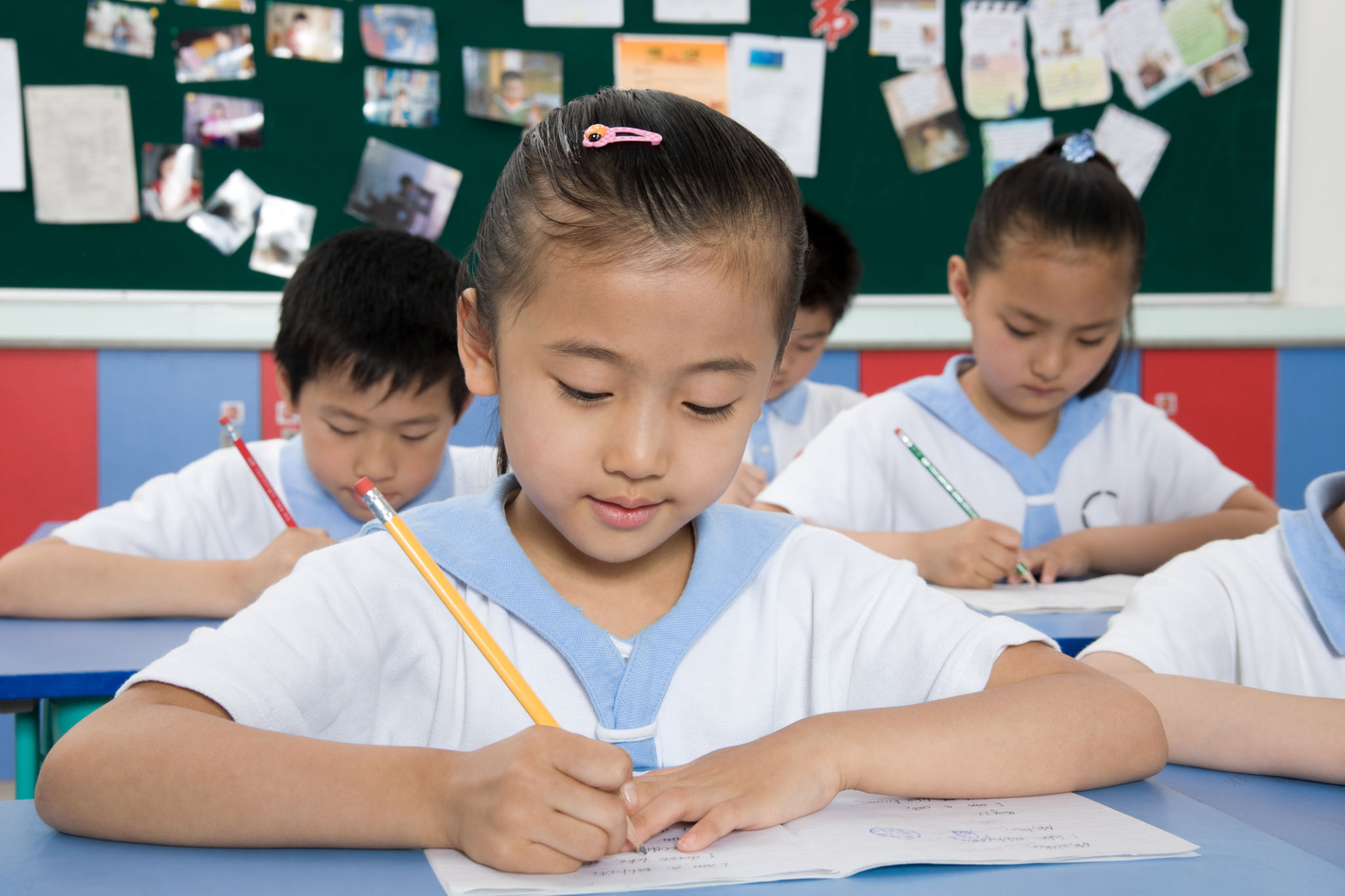The Role of Animation in Children's Learning: Insights from Adventureland Learners
The Power of Animation in Education
With the rapid advancement of technology, animation has become an integral part of educational methodologies, particularly in children's learning. At Adventureland Learners, we've observed firsthand how animation can transform the educational experience, making learning both engaging and effective for young minds.
Animation captures attention and stimulates curiosity, making complex concepts easier to understand. Through vibrant visuals and dynamic storytelling, animation can simplify abstract ideas, allowing children to grasp them more readily. This is especially beneficial in subjects that are traditionally challenging, such as science and mathematics.

Enhancing Memory Retention
One of the significant advantages of using animation in education is its ability to enhance memory retention. Animated content often leaves a lasting impression on young learners, helping them recall information more efficiently. This is because animations often combine visual elements with audio cues, creating a multi-sensory learning experience.
At Adventureland Learners, we've integrated animations into our curriculum to reinforce key concepts and encourage active participation. As children interact with animated content, they are more likely to remember what they've learned, thus improving their overall academic performance.

Fostering Creativity and Imagination
Animation also plays a crucial role in fostering creativity and imagination among children. By presenting information in a visually appealing and imaginative format, animations inspire children to think creatively and explore new ideas. This not only enhances their cognitive skills but also encourages them to express themselves more freely.
Moreover, animated stories often feature diverse characters and scenarios, promoting cultural awareness and empathy. At Adventureland Learners, we believe that when children see themselves represented in animated content, it helps build their confidence and understanding of the world around them.

Interactive Learning Experiences
Incorporating interactive animations into the learning process allows for a more personalized educational experience. Children can learn at their own pace, replaying animations as needed to fully comprehend the material. This adaptability ensures that each child receives the support they need to succeed.
Interactive animations encourage children to engage with the content actively. Through quizzes, games, and activities embedded in animated lessons, young learners develop problem-solving skills and critical thinking abilities.
Conclusion: The Future of Learning
The integration of animation in education represents a dynamic shift towards a more engaging and effective learning experience for children. As we continue to explore innovative teaching methods at Adventureland Learners, we are committed to harnessing the power of animation to inspire and educate future generations.
By embracing this technology, educators can create an environment where learning is not only informative but also enjoyable. The role of animation in children's learning is undeniable, offering unique opportunities to nurture curiosity and instill a lifelong love for learning.